“Palak (Spinacia oleracea) — commonly called spinach — is a fast-growing, nutrient-dense leafy green vegetable cultivated worldwide for its edible leaves. It is valued both as a food (rich in vitamins A, C, K, folate, iron, magnesium and dietary fiber) and for traditionally reported medicinal/functional properties including antioxidant, cardioprotective and neuroprotective effects
”
Palak Scientific Name
- Kingdom: Plantae
- Phylum: Angiosperms
- Class: Eudicots
- Order: Caryophyllales
- Family: Amaranthaceae (formerly placed in Chenopodiaceae)
- Genus: Spinacia
- Species: Spinacia oleracea L.
Palak Common Name
- English: Spinach
- Hindi / Indian (common): Palak
- Sanskrit (classical): (rare in classical texts; modern vernacular used)
- Bengali: Palong / Palong shaak
- Gujarati / Marathi: Palak (पालक)
- Tamil: Paalak (பாலக்)
- Telugu: Paalakamu (పాలకము)
- Urdu: Palak (پالک)
Traditional and Medicinal Uses
- Nutritional / General Health – A rich dietary source of vitamins A, C, K, folates, iron, magnesium and dietary fiber — supporting vision, bone health, hemostasis (via vitamin K), and general nutrition.
- Antioxidant & Anti-inflammatory Actions – Leaf extracts contain flavonoids, carotenoids and phenolics that display antioxidant and anti-inflammatory activity in cell and animal studies; these contribute to protective effects against oxidative stress-related conditions.
- Cardiovascular Support – Dietary nitrates and other bioactives in spinach have been associated with vasodilation and potential reductions in blood pressure in acute studies, suggesting cardiovascular benefits when included in a healthy diet.
- Eye Health – Spinach is a major dietary source of lutein and zeaxanthin (xanthophyll carotenoids) that help maintain retinal health and may reduce risk of age-related macular degeneration.
- Cognitive & Neuroprotective Potential – Epidemiological and preclinical evidence suggests leafy-green intake (including spinach) is associated with slower cognitive decline — possibly due to combined antioxidant, anti-inflammatory and folate content.
References
Roberts, J.L., & Moretta, A. (2016). Functional properties of spinach (Spinacia oleracea L.) in cell culture, animal and human studies. Critical Reviews in Food Science and Nutrition, 56(13), 2298–2315.
Lomnitski, L., et al. (2003). Composition, efficacy, and safety of spinach extracts. Journal of Nutritional Biochemistry, 14(2), 63–70. PubMed PMID: 14690799.
Gutierrez, R.M.P., et al. (2019). Spinacia oleracea Linn Considered as One of the Most Nutrient-Dense Leafy Vegetables: A review of phytochemistry, ethnopharmacology and pharmacology. Journal of Ethnopharmacology (review).
Cerulli, A., et al. (2024). Spinacia oleracea L. baby leaves as a source of bioactive compounds. Foods, 13(22):3699. doi:10.3390/foods13223699.
Nemzer, B., et al. (2021). Extraction and profiling of natural bioactive molecules from freeze-dried spinach. Journal of Food Composition and Analysis, (study profiling vitamins and phytochemicals).
Ayurvedic Pharmacopoeia Committee. The Ayurvedic Pharmacopoeia of India (API). Government of India — (API contains monographs/standards for many botanicals used in Ayurveda; see API volumes for details and official monographs). (API, various volumes and monographs; official PDFs available from the Government/archived repositories).
United States Department of Agriculture (USDA) — FoodData Central. Spinach (Spinacia oleracea) nutrient composition database (foundation foods / standard reference).





 My Account
My Account
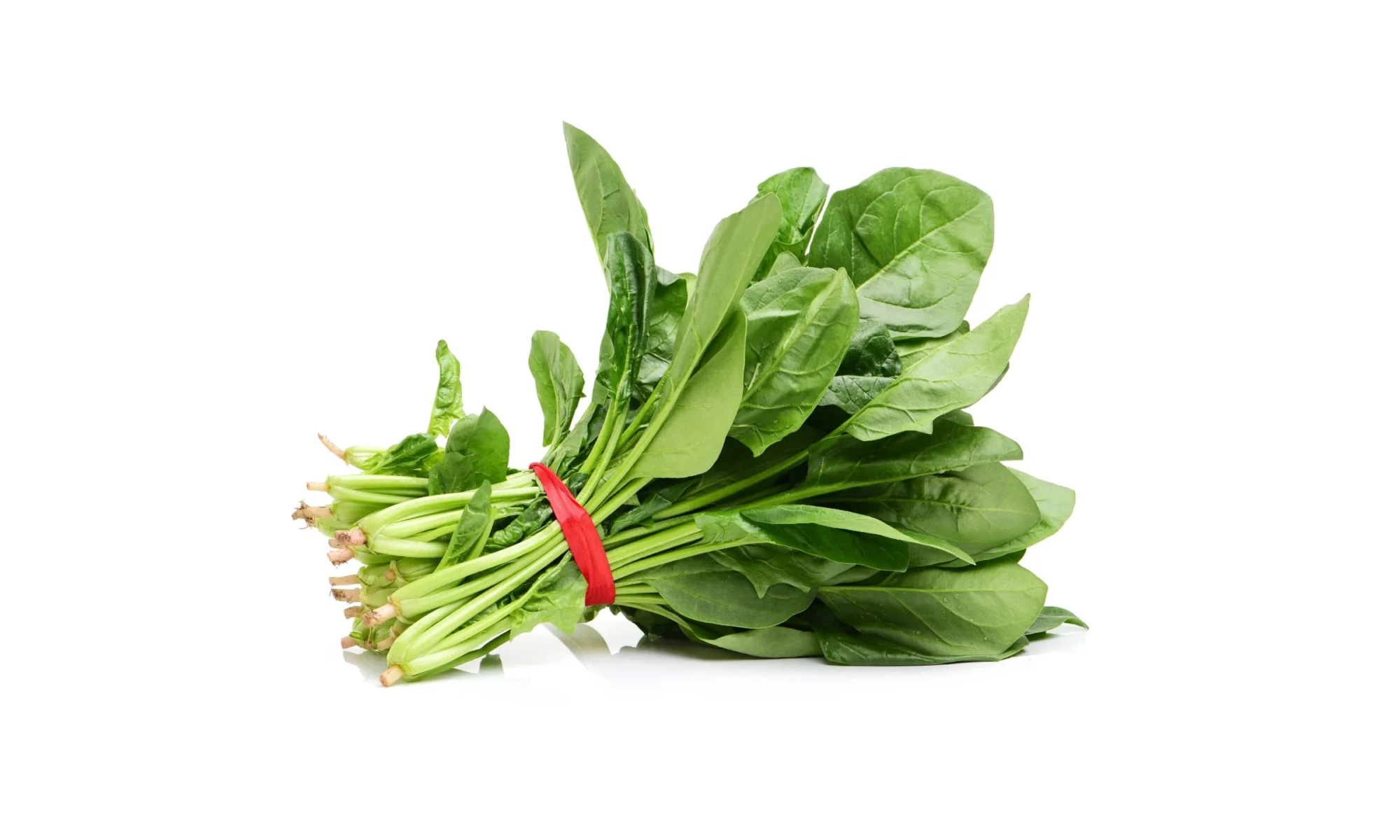
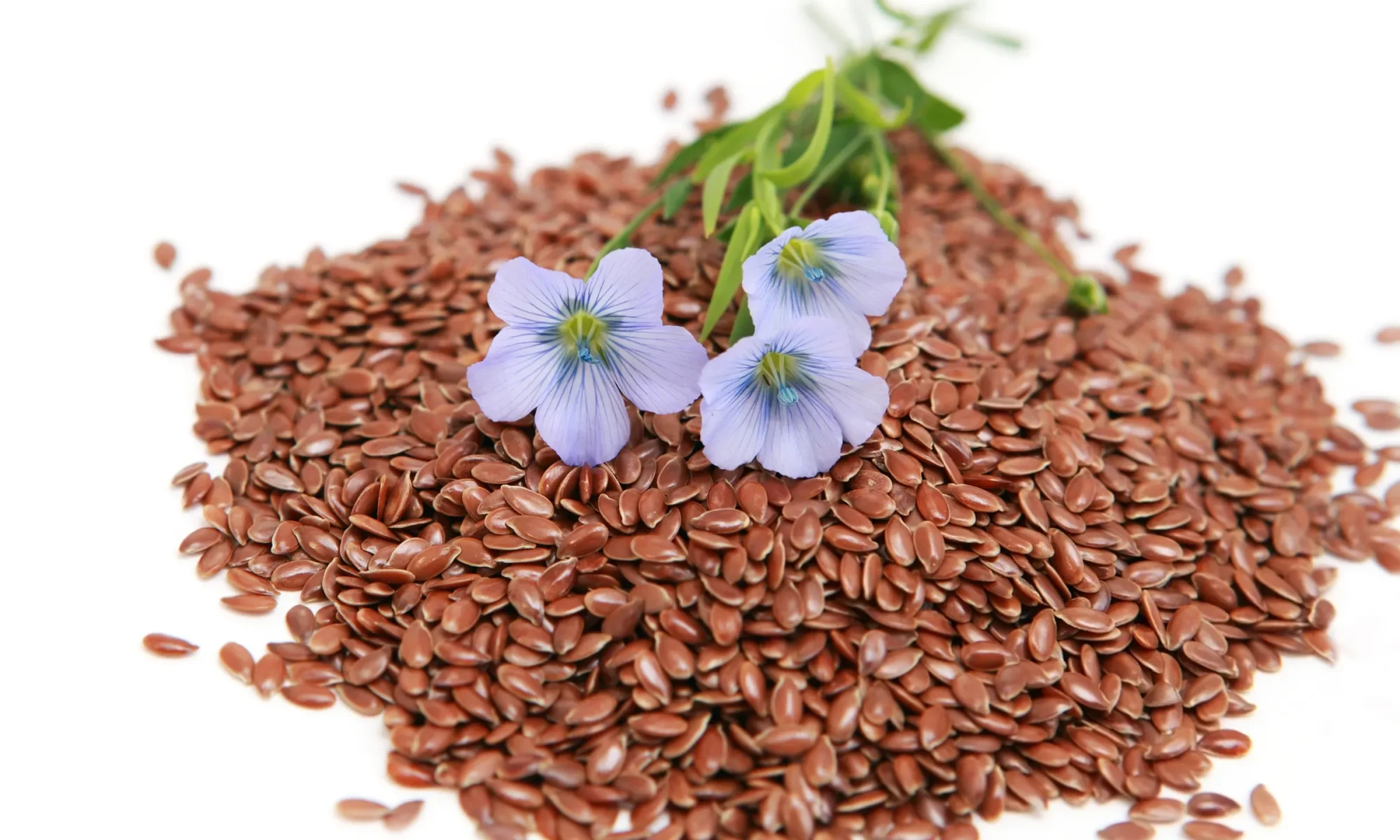
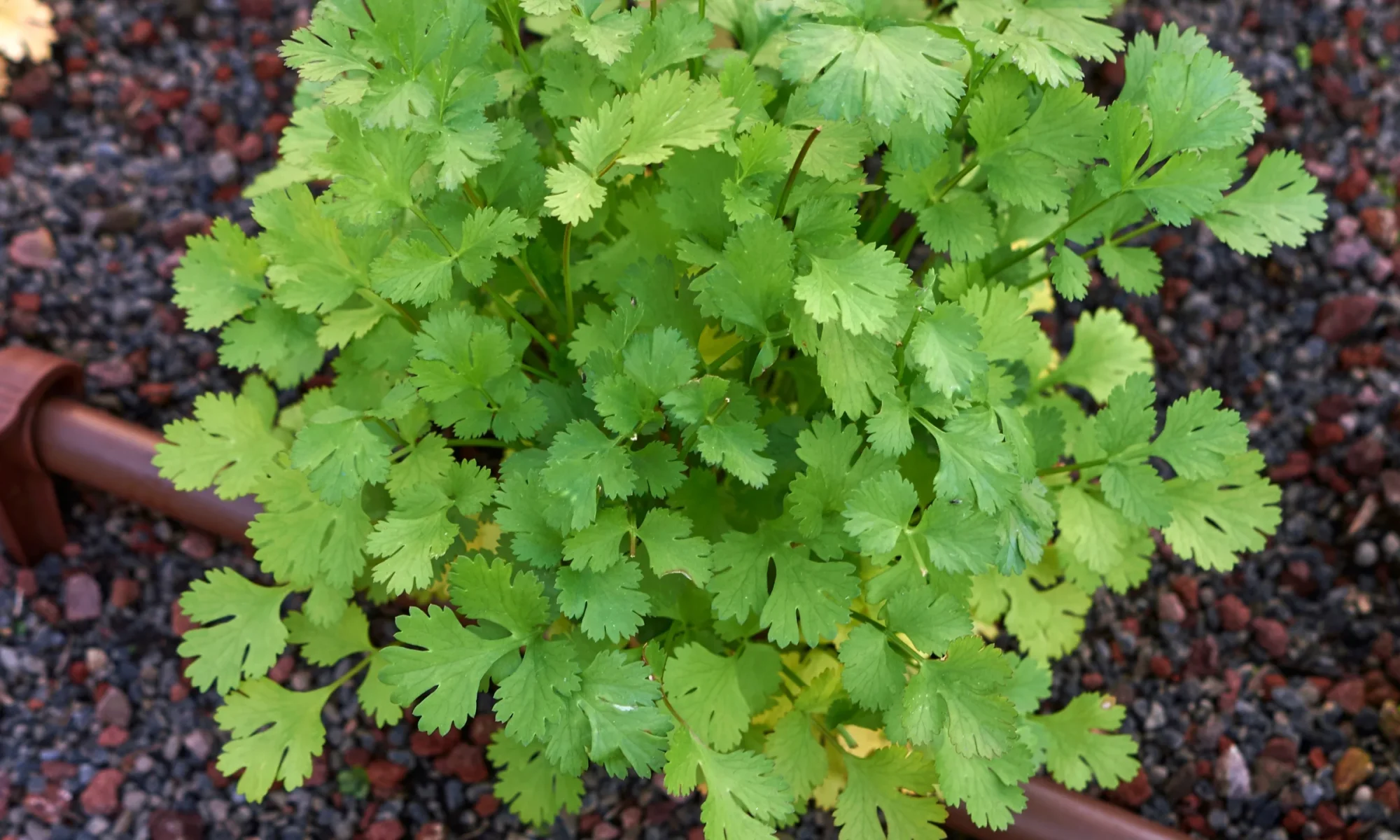
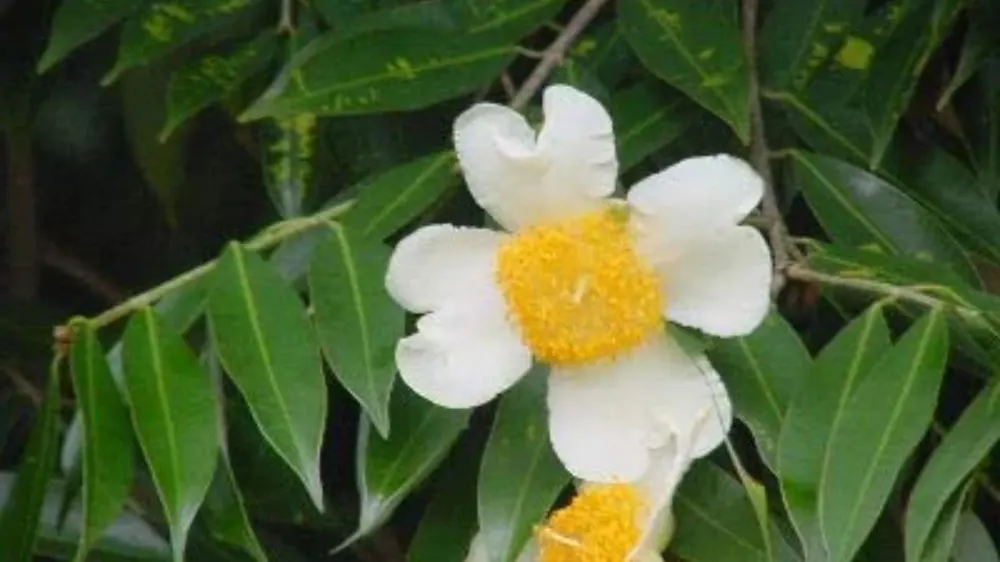

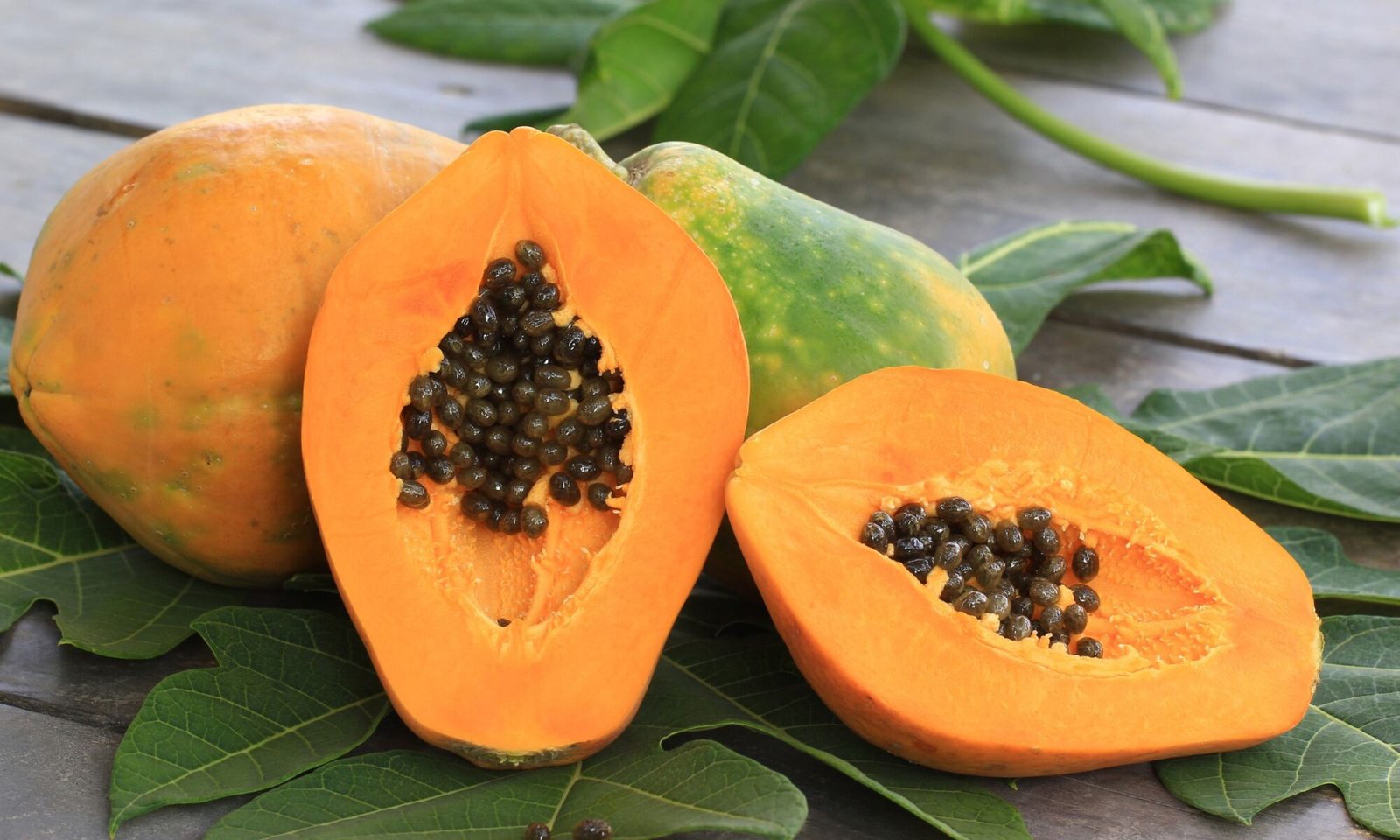
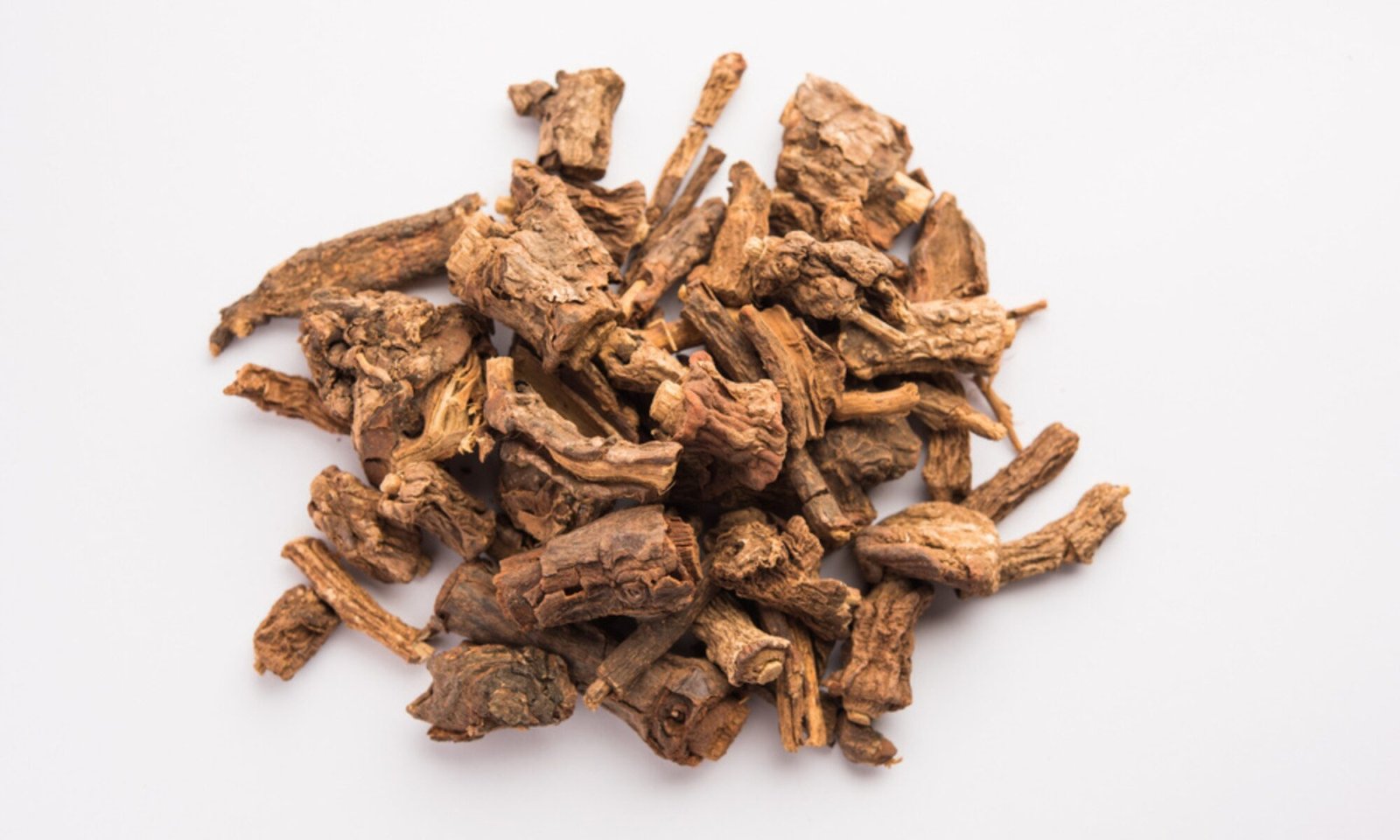
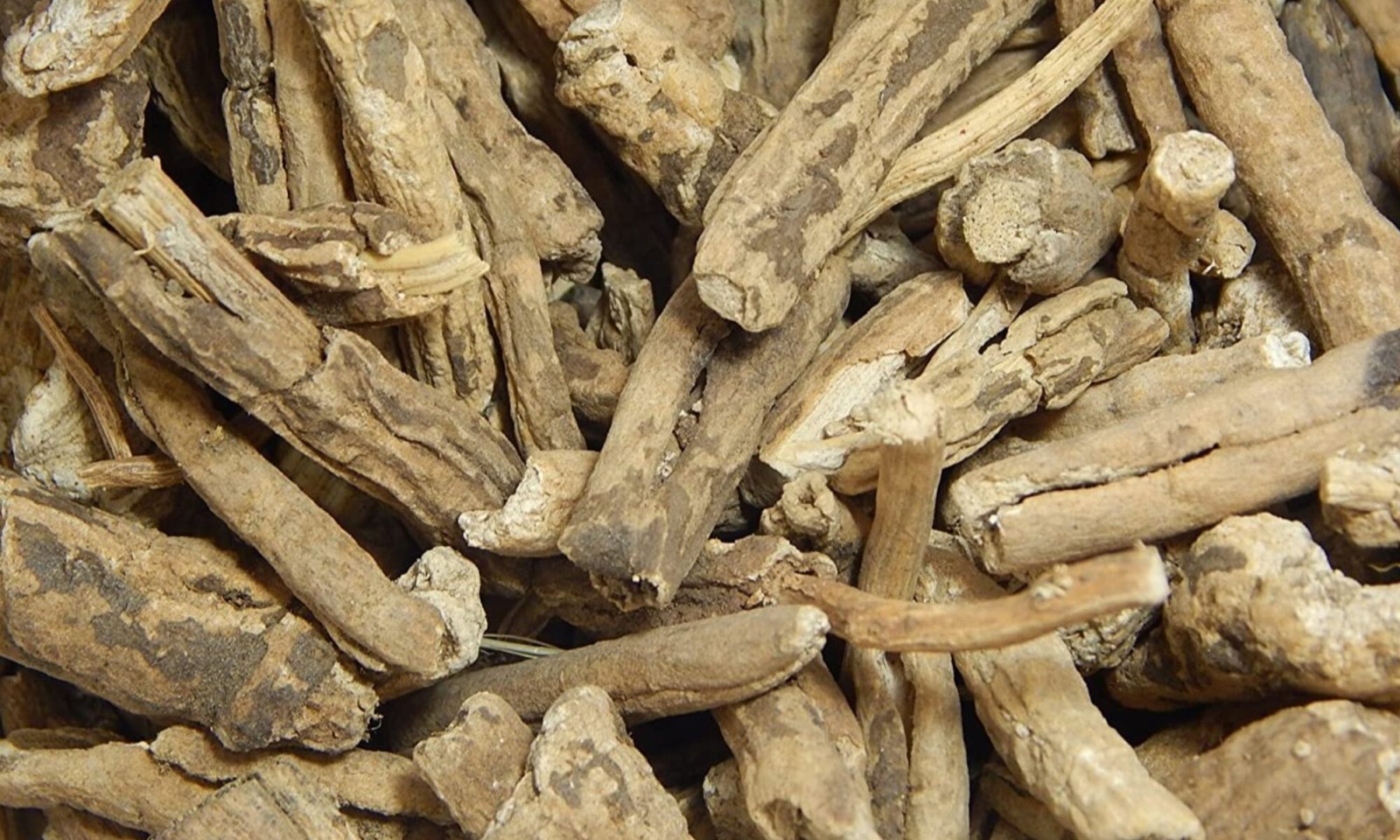
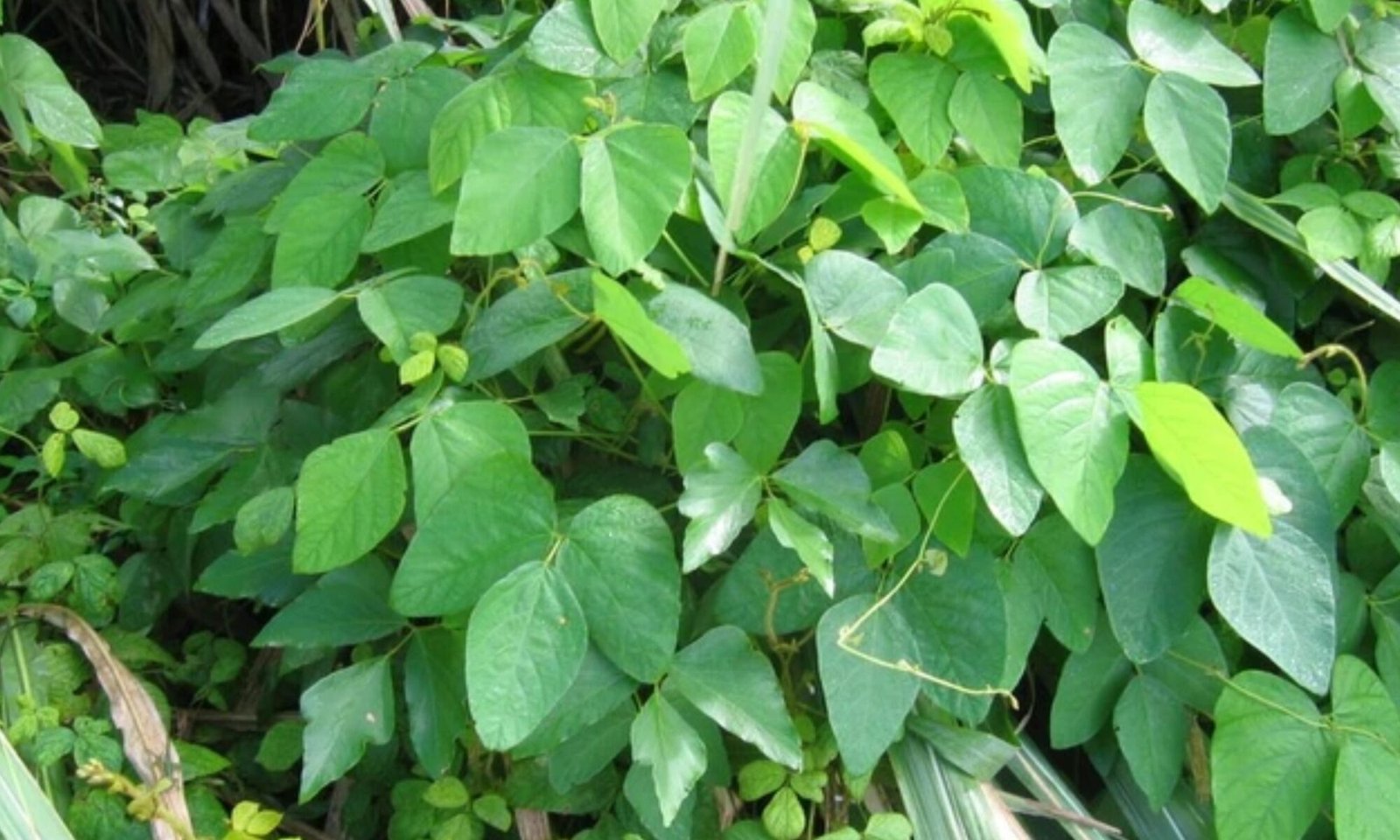
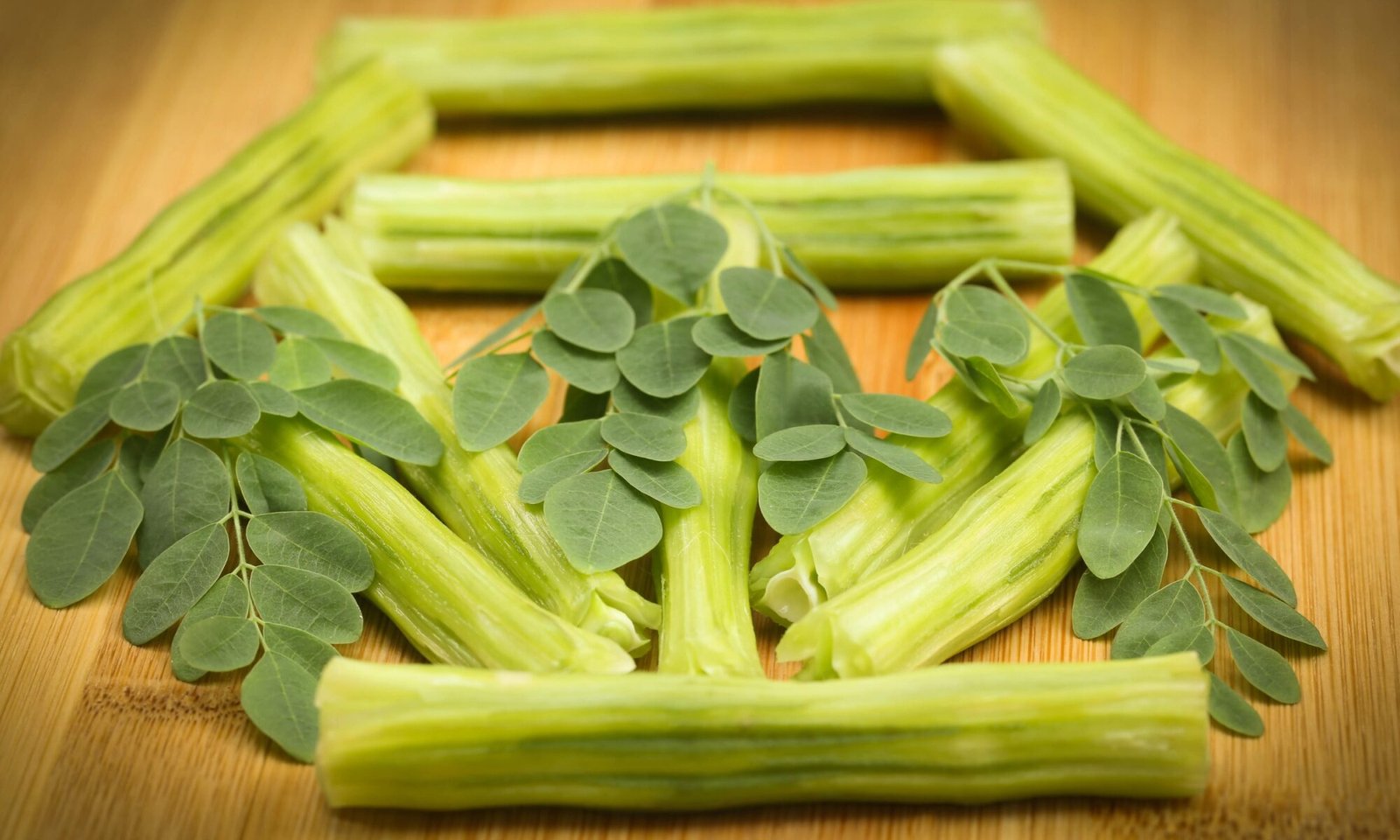
![✨ Empowering Women’s Wellness, Naturally 🌿 Balance, care, and confidence — all in one herbal way! 💫 Discover nature’s support for women’s health and inner strength. 🌸 Stay healthy, stay confident, stay you! 💚 #PolyCareHerbals #WomenHealth #AyurvedicCare #NaturalHealing #HerbalWellness #AyurvedaIndia #HolisticHealth #HormonalBalance #WellnessJourney #HealthyLifestyle #AyurvedicRemedies #NaturalIngredients #WomensWellness #HerbalSupport #AyurvedicTreatment #HerbalLife [women care, fertility wellness, hormonal health, ayurvedic solution, herbal formula, wellness routine, natural remedy, polycare herbals]](https://polycareherbals.com/wp-content/plugins/instagram-feed/img/placeholder.png)


